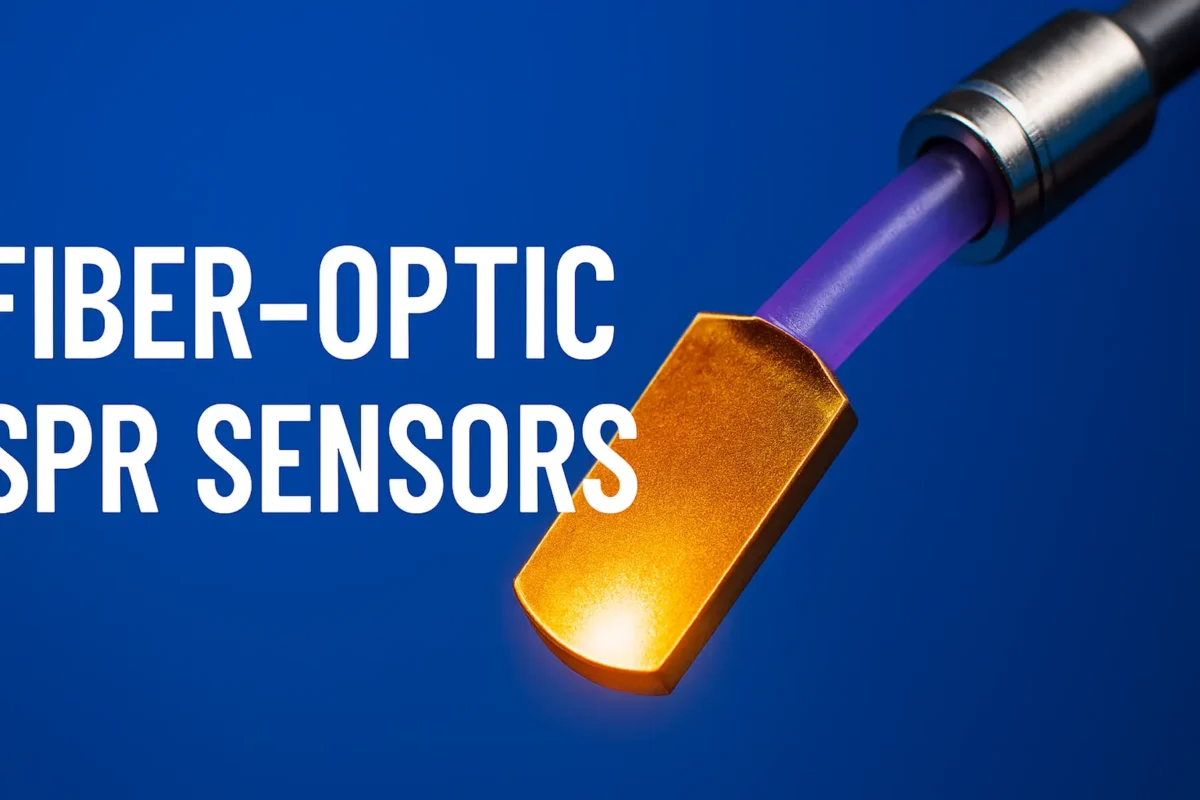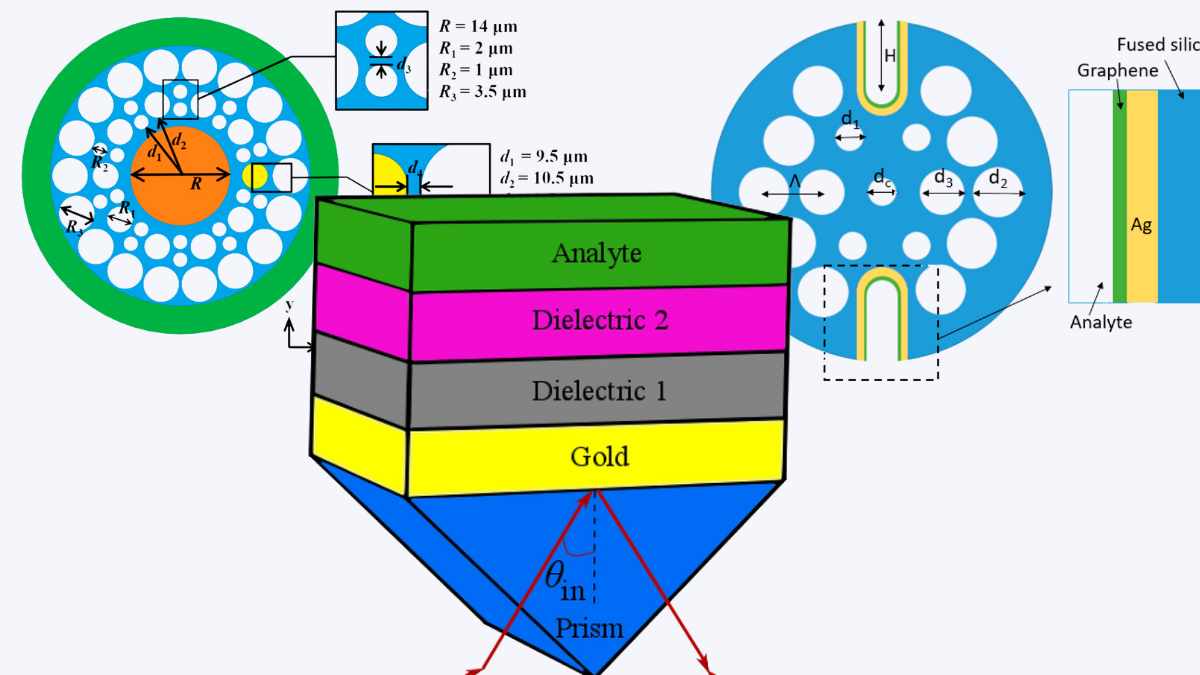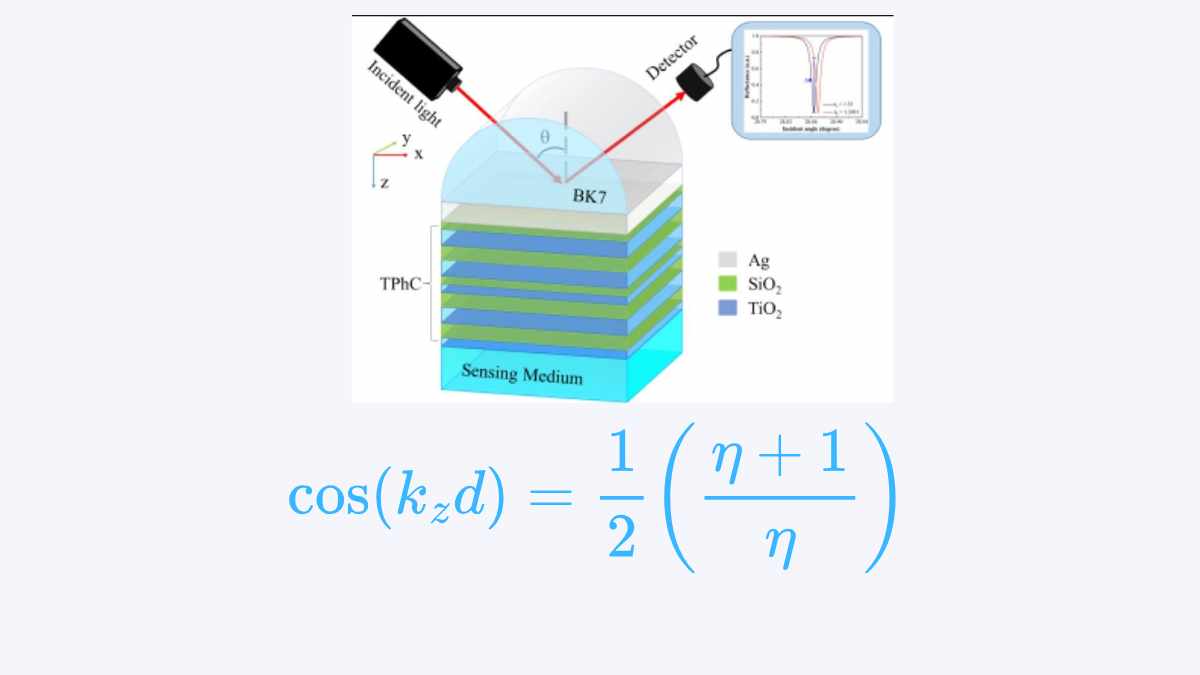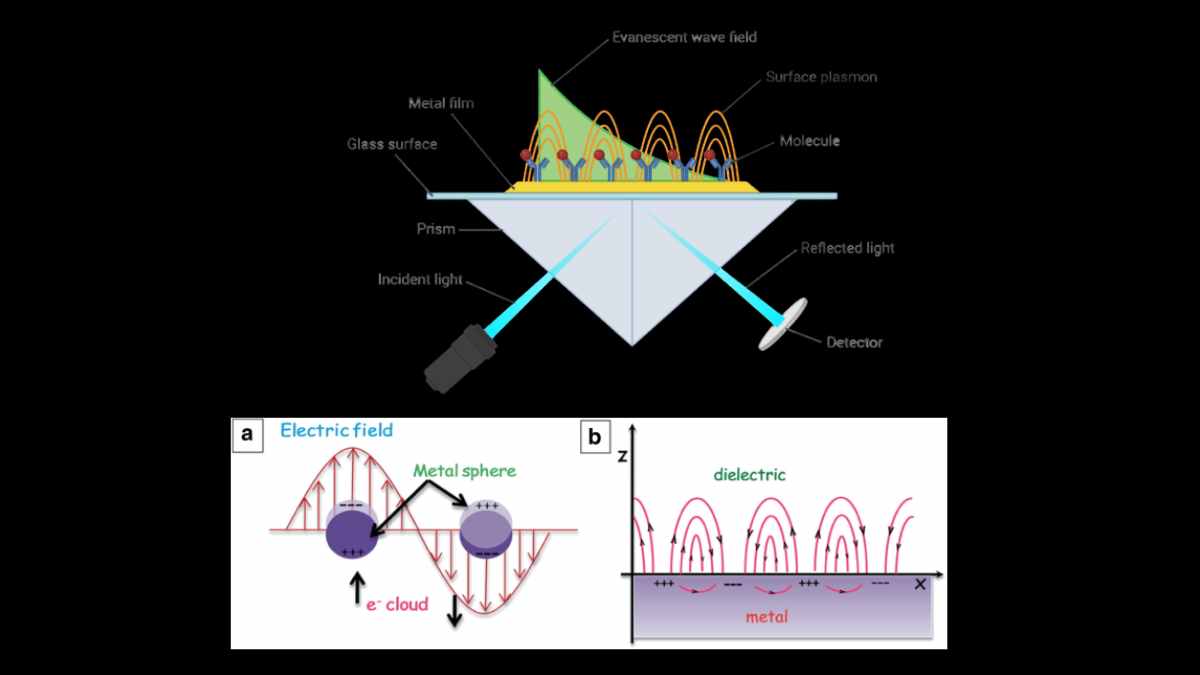Introduction Fiber-optic Surface Plasmon Resonance (SPR) sensors represent a pivotal advancement in optical sensing technologies. These sensors combine the extraordinary sensitivity of SPR with the versatility and portability of fiber-optics, offering a powerful platform for field-deployable bio/chemical detection. Particularly valuable in environmental monitoring, pathogen detection, and real-time diagnostics, fiber-optic SPR sensors have seen a surge […]





